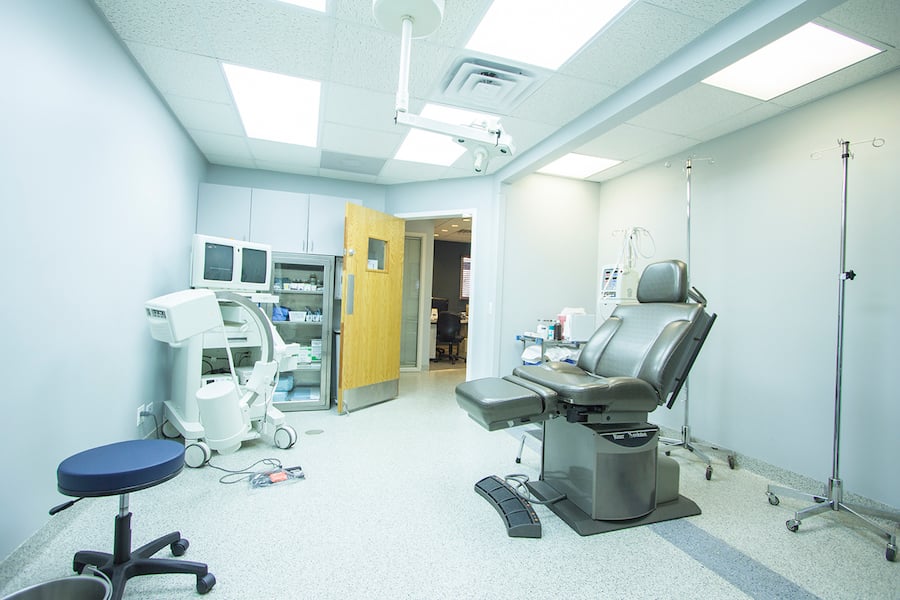Minimally invasive foot surgery (MIFS) is transforming how patients experience care and recovery for a range of foot conditions—from bunions and hammertoes to complex deformities. With smaller incisions, faster recovery times, and reduced post-operative pain, this surgical technique is quickly gaining traction. But while the benefits for patients are widely touted, what often gets overlooked is the demanding journey foot surgeons take to master this modern approach.
At United Foot Surgeons, we believe in transparency and education. In this article, we’re offering an inside look into the world of minimally invasive foot surgery—from a surgeon’s perspective. We’ll explore the rigorous training required, the steep learning curve, the evolving technology, and the daily challenges faced in the operating room.
What is Minimally Invasive Foot Surgery?
Minimally invasive foot surgery involves performing procedures through very small incisions using specialized instruments. Unlike traditional open surgery, MIFS avoids large cuts, reducing soft tissue trauma. This means less scarring, decreased risk of infection, quicker recovery, and less post-operative discomfort for patients.
However, this doesn’t make it an “easier” form of surgery for the surgeon. In fact, it’s often the opposite.
From Residency to Mastery: The Training Required
Becoming proficient in MIFS doesn’t happen overnight. Even after years of medical school and a podiatric surgical residency, additional training is needed. Here’s a glimpse into the journey:
1. Advanced Fellowship Training
Surgeons typically pursue advanced training through fellowships focused on minimally invasive techniques. These programs emphasize cadaver labs, didactic lectures, and hands-on experience under expert guidance.
2. International Exposure
Many MIFS pioneers come from Europe, particularly Spain and Switzerland. U.S. surgeons often travel overseas to observe and learn these refined techniques. This global knowledge exchange keeps the community on the cutting edge.
3. Learning Curve and Skill Development
Unlike open surgery, MIFS relies heavily on tactile feedback and fluoroscopy (real-time X-ray). It takes hundreds of cases to truly refine one’s technique. Even experienced foot surgeons face a steep learning curve.
4. Continuing Education
Even after training, the field continues to evolve. Surgeons regularly attend workshops, conferences, and webinars to stay up to date with innovations in instruments, techniques, and safety protocols.
Challenges Foot Surgeons Face in Minimally Invasive Surgery
While the benefits to patients are clear, the road to consistently successful MIFS outcomes is filled with challenges:
1. Limited Visibility
Small incisions mean limited direct visualization of anatomy. Surgeons rely on imaging and anatomical knowledge, making precision and accuracy more difficult.
2. Radiation Exposure
Fluoroscopy is essential in MIFS, but frequent exposure to radiation can be a concern. Surgeons must learn to balance imaging use with safety, both for themselves and the surgical team.
3. Instrument Mastery
Specialized tools—like burrs, cannulas, and guidewires—are used in MIFS. Mastery of these tools requires practice and adaptability, especially in complex deformity corrections.
4. Patient Selection
Not every patient is a candidate for minimally invasive techniques. Determining who will benefit most from MIFS requires careful assessment and individualized treatment planning.
5. Peer Skepticism
As with any emerging technique, MIFS has faced skepticism from some in the medical community. Surgeons must often validate their outcomes through data, case studies, and peer-reviewed publications.
The Evolution of Foot Surgery: Why Surgeons Choose Minimally Invasive Approaches
Despite these hurdles, many foot surgeons at practices like United Foot Surgeons are embracing minimally invasive techniques. Why? Because the results speak for themselves.
Better Outcomes for Patients
- Faster Recovery: Many patients are back on their feet within days or weeks instead of months.
- Less Post-Op Pain: Smaller incisions mean less trauma and quicker healing.
- Improved Cosmetic Results: Minimal scarring is a major plus for many patients.
Enhanced Surgical Efficiency
As surgeons refine their technique, procedures become quicker and more streamlined. This not only helps reduce operating room time but also allows for more cases to be scheduled, enhancing access to care.
Professional Fulfillment
There’s a strong sense of pride and accomplishment that comes with mastering such a technically demanding skill set. Many surgeons find renewed passion in their careers through MIFS, as they’re able to offer cutting-edge care and make a real difference in patients’ lives.
Real Voices: What Surgeons Say About Their Experience
“At first, I was intimidated by the learning curve of minimally invasive foot surgery. But once I started seeing my patients walk out of the office without a cast or crutches, I knew I had made the right choice to invest in this technique.”
“Every case teaches you something new. It’s a challenge, but it’s also incredibly rewarding to see patients recover so quickly and comfortably.”
“Mastering the instruments took time, but now I can’t imagine going back to traditional surgery for cases like bunions or hammertoes.”
These testimonials echo a common theme: the initial difficulty is worth the eventual payoff.
Patient Education: A Vital Component of Surgical Success
For minimally invasive surgery to be effective, patient education is key. Surgeons must take time to explain:
- The benefits and limitations of MIFS
- The importance of post-op care and physical therapy
- What to realistically expect during the recovery phase
At United Foot Surgeons, we emphasize a collaborative approach—where the patient is an active participant in their healing journey. Clear communication builds trust and leads to better outcomes.
The Future of Minimally Invasive Foot Surgery
The future is bright for MIFS. As technology advances, so do the tools and techniques at a surgeon’s disposal. Robotics, AI-guided navigation, and 3D imaging may soon become commonplace in the operating room.
In addition, more surgical training programs are integrating MIFS into their curriculums. This will lead to a new generation of foot and ankle surgeons who are fluent in both traditional and minimally invasive approaches—providing the best of both worlds.
Final Thoughts: A Surgeon’s Dedication Behind Every Step
Minimally invasive foot surgery is more than just a buzzword—it’s a reflection of a surgeon’s dedication to continuous learning, patient-centered care, and medical innovation. While the road to becoming a skilled MIFS surgeon is challenging, the reward lies in helping patients get back on their feet with less pain and more confidence.
At United Foot Surgeons, we’re proud to be at the forefront of this surgical revolution. Whether you’re exploring treatment options for bunions, flat feet, or chronic pain, we’re here to provide expert guidance and compassionate care—every step of the way.









